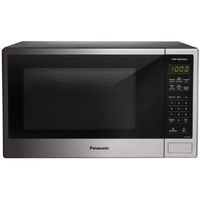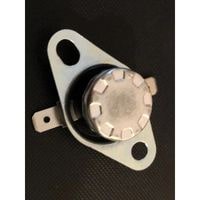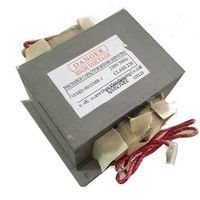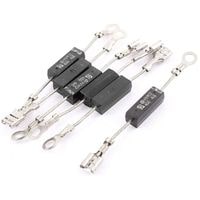Panasonic Microwaves Repairs. Microwave ovens are both convenient and dependable. They get your meal ready within minutes and could get your tea hot in seconds as well.
But sometimes things go wrong, like an oven shutting off or turning on suddenly, or it won’t heat up at all.
That’s where we step into action, helping you find the problem areas while educating you on how to troubleshoot them before you call a technician over.
Because to take care of the problem yourself, you first have to realize that there is one so that you know where to look, but Panasonic inverter microwaves and standard microwave ovens have different circuitry concepts behind them, so some problems may be as simple as resetting a tripped safety breaker switch.
Panasonic Microwaves Repairs

If the oven doesn’t turn on, make sure that the power cord is plugged into a power source and that the other end is securely in the back of your appliance.
Next, check to make sure the circuit breaker or fuse isn’t blown. If not, try flipping it off and back on again.
If this does not work, you may need to replace your fuse or purchase a new circuit breaker.
Panasonic Microwaves are often damaged and need to be repaired. In this article, we explain how to repair them.
Problem With Magnetrons
The microwave oven uses electrical power to generate microwaves, which are then transmitted through the outside of the cooking chamber.
The magnetron generates these microwaves, and it is its generation of microwaves that does the cooking in a microwave oven. If your magnetron has stopped working, your microwave will not work.
The reason for this is that there’s no energy behind sending out the waves necessary to do the work of heating anything.
There’s no substitute for a working magnetron, and if it turns out, you’ll need to replace the entire microwave; this is because the capacitor inside could have become damaged when the magnetron burned out.
Issues With Thermoprotectors

Overheating the microwave can disable the Thermostat, which is a safety mechanism.
If your microwave doesn’t appear to be working, you can use a multimeter to test if it has been tripped by the thermostat to deactivate the device.
If there is no continuity, or electricity flowing through your thermostat, remove and replace it with a new one.
Button Failures
Test each button on the control panel to determine if the touchpad is defective. Replacing the touchpad and control panel is needed if some of the buttons work, but others don’t.
This issue may be caused by a faulty touchpad which can be replaced by replacing both components.
If none of the buttons are responding correctly, this may only signal a defective user display board which must be replaced as well before they’re all plugged back together again.
Defective Light Bulb
Perhaps the light bulb is burnt out. Replace the light bulb before replacing any parts connected to it. If you’re replacing a cracked bulb cover, check to make sure that light bulbs and their socket are working properly and test if both are receiving enough current flow.
If not, then you may want to consider having a poorly designed electrician handle the light sockets and wiring because otherwise.
The cracks in the wire insulation will only get worse until they start shorting out, which can put your home’s electrical system at risk of sparking up a fire.
Fuse Line Error
If too much electricity passes through the microwave, a fuse will blow and prevent power from entering the microwave. If your microwave isn’t working, use a multimeter to test if the fuse is blown.
If it isn’t, check to see if there is an underlying cause for the fuse blowing such as a broken wire or something out of place causing too much current.
Replace the fuse with another one if needed but also go back and repair the reason for you needing to replace it in the first place.
Transformer High Voltage

Microwaves use high voltage to power the magnetron that cooks your food. So when high voltage insulation starts to dwindle.
The microwave’s resistance will increase and you may notice the magnets getting hotter as opposed to properly powering your food.
Failed Door Switch
A door switch may be failing intermittently. Check for signs of burning, arcing, or overheating by closely examining each door switch with a flashlight and maybe an inspection mirror if need be.
If there doesn’t seem to be any apparent physical damage or the lights don’t come back on, test each of the switches for continuity to ensure that there is still a solid connection between the contacts inside.
This would save you from having to purchase another new door switch if it turns out one of them has just had its time and needs to be replaced.
Malfunction Of Diode

The diode converts the alternating current (AC) power output of the transformer to direct current (DC) to create about 4,900 watts for the magnetron.
This will generate heat within the microwave that heats your food when it is placed inside.
If this component fails in its role as an electrical component, you’ll notice that there is insufficient power being produced to power the magnetron and will therefore prevent heating of your food. When a faulty diode is suspected, inspect it.
If it looks burned or shows signs of damage, replaces it promptly. Should inspection prove inconclusive, don’t fret- run a multimeter or connect a battery in series with a possible suspect component to verify continuity through its leads.
Panasonic Microwaves Repairs
Related Guides
- Kenmore Refrigerator Light Not Working
- Microwave stopped working
- Whirlpool microwave start button not working
- My magic chef microwave won’t heat up
